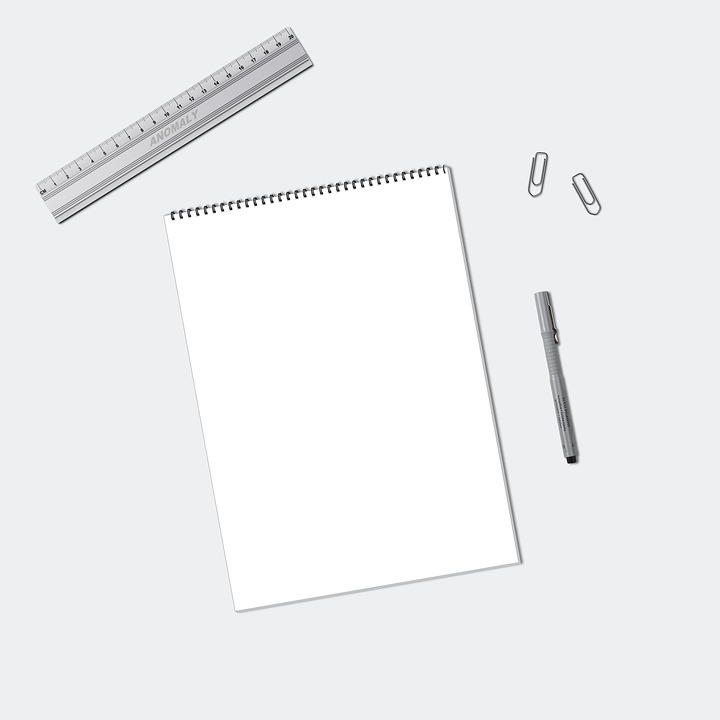Web design is an essential aspect of creating a successful website. With the increasing importance of an online presence, more and more businesses and individuals are looking to dip their toes into the world of web design. However, navigating this field can be overwhelming for beginners. In this article, we’ll provide some tips and tricks to help newcomers to the art of web design get started.
1. Choose a responsive design
A responsive design is one that is optimized for viewing on multiple devices, from desktop computers to smartphones. With mobile devices becoming more and more prevalent, it is essential to ensure that your website is optimized for every screen size. A responsive design is essential to make your website user-friendly and accessible.
2. Keep it simple
When designing a website, it can be tempting to try to include all sorts of flashy design elements. However, simplicity is often the best policy when it comes to web design. A simple design is easier for users to navigate and is less likely to overwhelm them. Stick to a clean, minimalist design with a clear structure.
3. Use whitespace wisely
Whitespace, or the empty space between design elements, can be just as important as the elements themselves. Whitespace can help to guide users through a website, making it easier for them to navigate and find the information they need. Be sure to use whitespace effectively and pay attention to the spacing between elements on the page.
4. Choose a color palette
Color is an essential aspect of web design. Choosing the right color palette can help to create a cohesive, professional look for your website. Consider the mood and tone you want to convey with your website, and choose colors that fit that vibe. There are plenty of online tools available to help you choose a color palette that works for your website.
5. Pay attention to typography
Typography, or the font style and size used on your website, can greatly impact the user experience. Choose a font that is easy to read and complements the overall design of your website. Be sure to pay attention to font size, especially for body text, as it can greatly impact the readability of your content.
6. Use high-quality images
Images can make or break the look of your website. Choose high-quality images that are relevant to your content and fit with your overall design. Use images sparingly and be sure to optimize them for the web so that they don’t slow down your website’s loading time.
7. Test and iterate
Web design is an ever-evolving process. After launching your website, be sure to test it frequently and make tweaks and adjustments as needed. Continuously iterating on your design can help to improve the user experience and ultimately drive more traffic to your website.
In conclusion, web design is a crucial aspect of creating a successful website. By following the tips and tricks outlined in this article, beginners can kickstart their web design journey and create websites that are user-friendly, visually appealing, and effective in achieving their goals.





